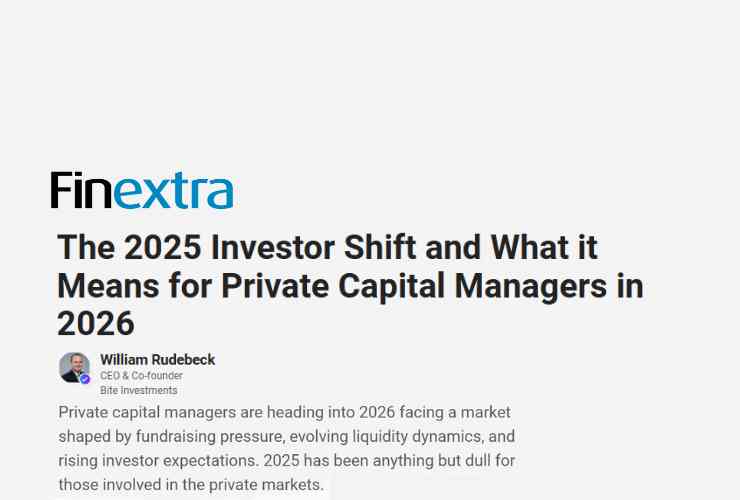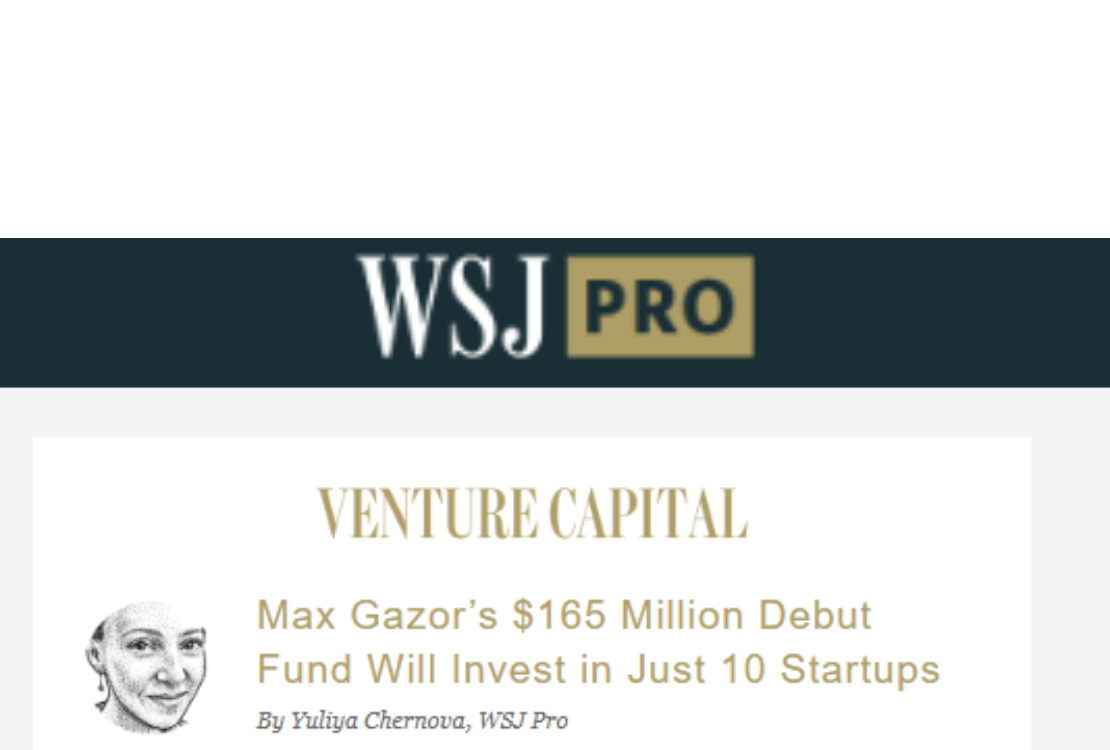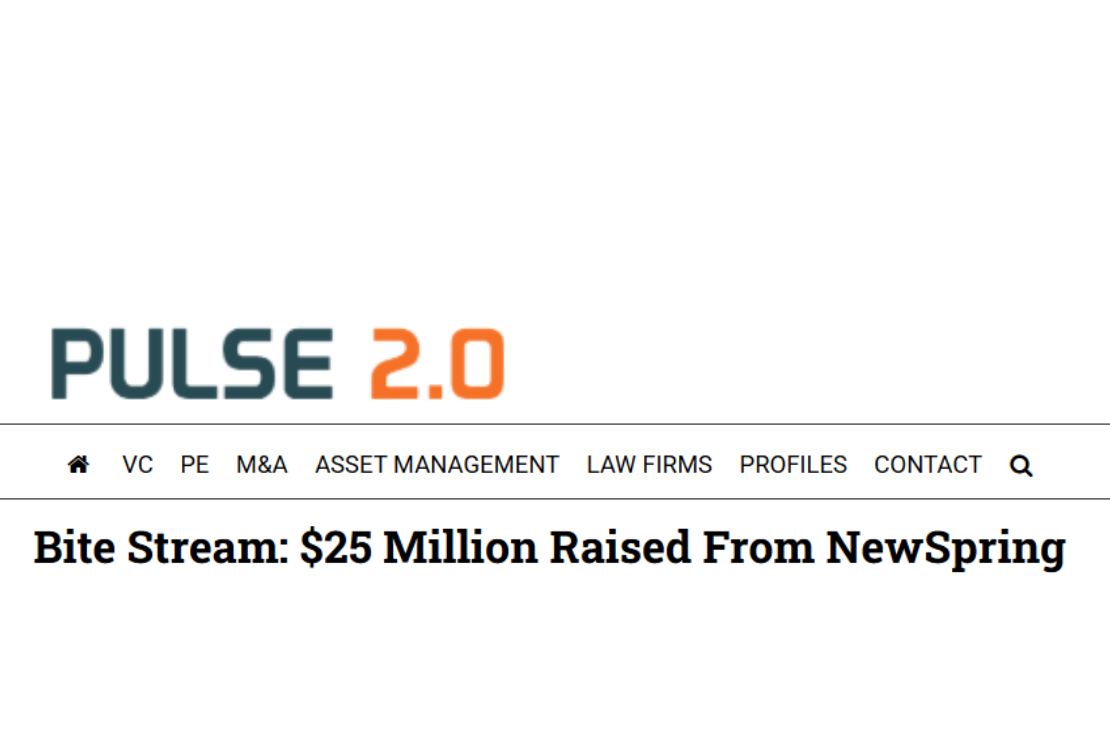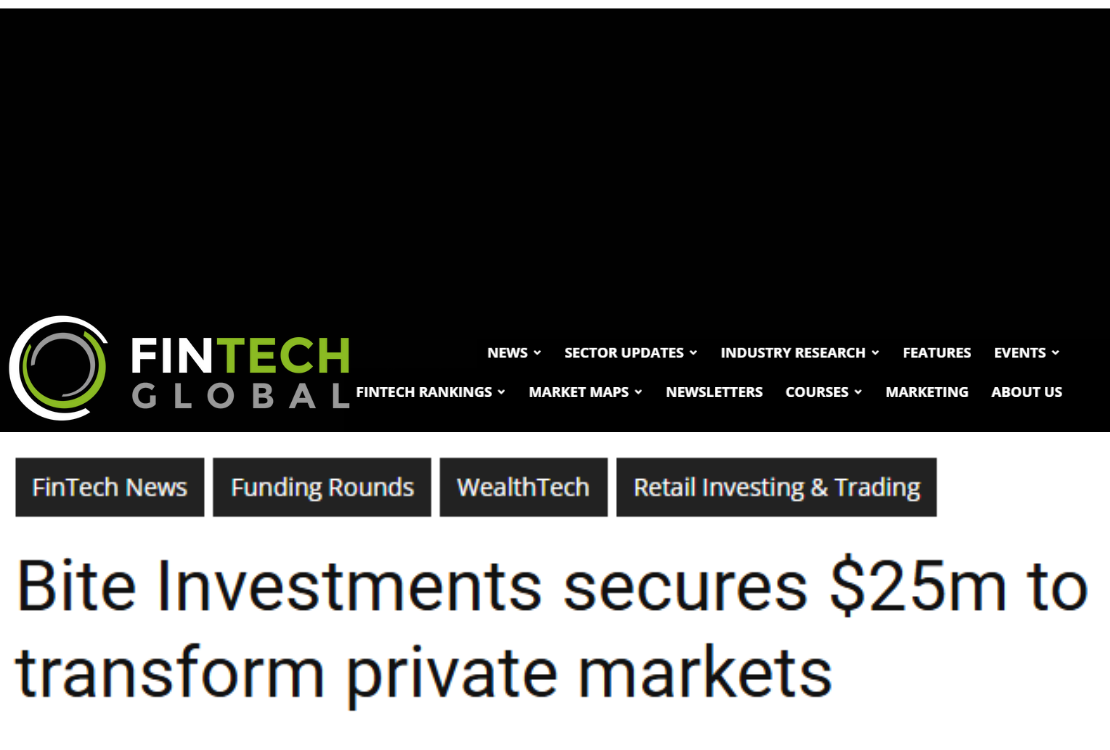William Rudebeck, CEO of Bite Investments discusses how digital platforms are bridging the gap between private equity and high net worth investors.
PE fundraising figures have reached record highs, what has led to this growing demand for alternatives?
In the past, institutions predominantly invested into alternatives, led initially by the big sovereign wealth funds, pension funds, banks, asset managers, insurance companies, followed by the more sophisticated family offices.
Over the last few decades, institutions have continued to allocate more and more of their capital towards alternative investments, including private equity, as historically and statistically, private markets have outperformed public markets (in terms of returns). A large driver behind this outperformance stems from the liquidity profile of the underlying asset class. This has been a key reason as to why only institutions have been able to invest, unlike the smaller investors. A large sovereign wealth fund, for example, would not have an issue with tying up their money for 10+ years, whereas a high-net-worth investor would.
With the help of digitalisation, however, GPs who are looking to increase and diversify their client base, can now support the rest of the wealth management market with the growing demand for these investment strategies.
How have HNW investors become more sophisticated and what has led to increased interest in PE for these types of investors?
In the low yield environment that we see today, private investors are looking for new ways to achieve returns and diversify their portfolio, but without technology – it simply would not be possible. Unlike sovereign wealth funds or pension funds, they do not have big teams to identify the best investment opportunities, perform the necessary due diligence and assess the quality of each fund. This is where technology platforms, such as ours, comes in. With the click of a button, investors can educate themselves and read up on the underlying fund opportunity, the team, track record, fund terms etc.
Now, HNW investors can access top tier funds, investment opportunities that prior to digitalisation were often oversubscribed, too illiquid, or had an institutional-level minimum buy-in that this investor group could not afford. This is a massive shift in the wealth management industry. By having a holistic digital strategy, asset and wealth managers can quickly respond to rising client expectations and transform their business models to stay viable.
Has the digitisation of the wealth management industry helped managers build new investor bases and accelerated entry into alternatives? How do platforms like Bite’s assist with this?
There is a growing acceptance that digital interaction and digital platforms improve client retention, a major concern currently, but will also allow for easier, more convenient onboarding of clients, taking much of the friction of getting these investors into the more sophisticated investments that they clearly value. Technology is a huge enabler, and digitisation is a trend that will continue to accelerate.
Clients expect a seamless end-to-end investment experience, at speed, where KYC and AML requirements can be submitted instantly, followed by the actual investment steps of requesting allocations and signing subscription documents online without ever having to leave one’s desk. These processes used to be too onerous and costly for GPs, but now it makes financial and commercial sense.
Through technology, GPs are able to onboard and distribute their products to LPs in a very efficient and cost-effective way.
In addition, in light of travel restrictions from the pandemic, it is even more important to digitalise as you cannot rely solely on face-to-face meetings.
Are HNW investors interested in monitoring individual funds’ performance and how can technology help with this?
The ongoing monitoring process is very important and reporting in private markets differs from public markets. Instead of checking real-time investment updates on your phone, updates in the alternatives market are less frequent, with reports typically sent out on a quarterly basis. When there is a significant new investment, exit or major portfolio company event, however, it is common practise to provide LPs with additional updates.
When drilling down to understand the performance of the fund’s portfolio companies, it can be quite complicated. This is when technology is leveraged to truly create value and more effectively update and help educate investors about their portfolio and the underlying investments.
What can technology not offer investors?
Technology can never replace human relationships and human interaction. At the end of the day, people invest in people, so it is important to give as much information about the team as possible. That is how you bring it to life and use digital solutions to strengthen the value proposition.
The time for digitalisation has never been better and the value is massively in the investor and wealth managers’ favour. By taking the leap to digital, operations will be enhanced, business models transformed and new approaches to distribution created. Gearing up for this is key as you simply cannot achieve economies of scale without it.




